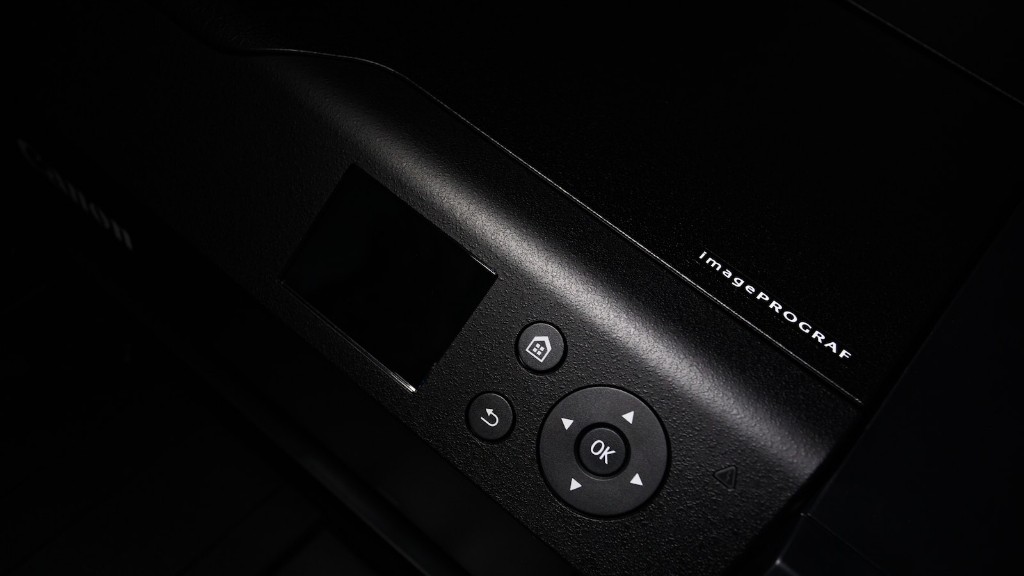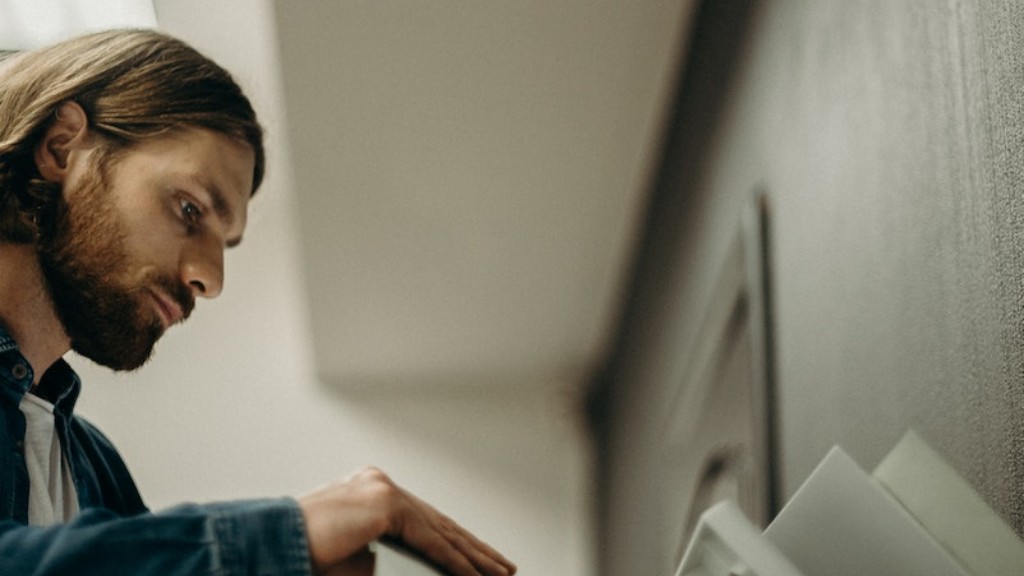3D printing has become a popular form of manufacturing in recent years. With its ability to create complex and efficient designs, it’s quickly become a go-to for a variety of different businesses. Whether you’re creating parts, components, or full-scale products, there’s a variety of materials and methods you can use in your 3d printer.
Plastics
Plastics are the most used material in 3D printing. It’s durable, light-weight and a cost-effective material that is easy to print with. Everything from figurines to machine parts can be 3D printed with the right type of plastic. Popular plastics for 3D printing include PLA, ABS, and PVA. Each plastic has its own set of advantages and disadvantages and knowing which is best for your needs can be difficult. It’s important to do your research and understand which material works best for your projects before diving in.
Metals
Metal 3D Printing methods, such as Selective Laser Sintering and Direct Metal Laser Melting, have gotten more available and easier to use. 3D Printed metal parts can be incredibly precision and can be used in a variety of industries. Metals are more expensive than plastics, however, and require a much more intricate and delicate process. Different types of metal are also available, with each option ideal for different projects and uses. Copper and aluminum are popular options, but it’s important to consider other factors such as heat resistance and weight.
Ceramics
Ceramics are becoming popular for 3D printing due to their incredible durability and aesthetic appeal. The process of printing ceramics is similar to metal printing and can be used to create everything from jewelry to sculptures. However, ceramic 3D printing can be very expensive and require specialized equipment and skill. If you’re looking to use ceramics in your 3D printing projects, it’s important to understand the process and be prepared for the costs associated with it.
Binders
Binders are used to bind together particles of powder to form objects in certain 3D printing processes. This binding process is known as binder jetting and is used in a variety of 3D printing applications. Binders can also be used to make 3D printed objects more flexible and durable. They can be made of a variety of materials such as wax, epoxy, and silicone.
Storage and Filaments
Storage and filaments are used in 3D printing to keep the digital model in place during the printing process. The most popular filaments are PLA and ABS, but there are a variety of others available for different 3D printing needs. These filaments help hold the model in place while it’s being printed and can also be used to add a higher level of detail to the finished product.
Software
Software is an incredibly important component of 3D printing. It’s used to control the 3D printer, allowing you to adjust and customize the settings on the fly. It can also be used to design models before they’re printed, adding a level of customization to your projects. Popular software packages include Autodesk Fusion 360 and Cura.
Calibration
Calibrating your 3D printer is necessary if you want to get the best results from your prints. This process involves tweaking and adjusting the printer to ensure it prints accurately. This includes setting the bed level, nozzle calibration, and other settings that directly affect the quality of your prints. Calibration is an important step in 3D printing and can be done manually or with the help of specialized software.
Final Touches
After your 3D prints have been completed, it’s important to make sure they look and function properly. This includes sanding, polishing, and painting the model if needed. It’s also important to make sure that all components are properly secured and that any extra material has been removed. Doing this final step can make or break the success of your prints.
Customization
3D printing offers a high degree of customization and can be used to create complex designs with intricate details. This level of customization allows you to create anything from detailed sculptures to functional parts for machines or vehicles. If you’re looking to add a personal touch to your projects, 3D printing is a great way to do it.
Maintenance
Keeping your 3D printer in good condition is essential for getting the best results from your prints. It’s important to make sure all components are clean and free of debris, that the nozzle and bed are properly aligned, and that the filament is being fed correctly. Taking care of your 3D printer can save you time and money and ensure that your projects look their best.

